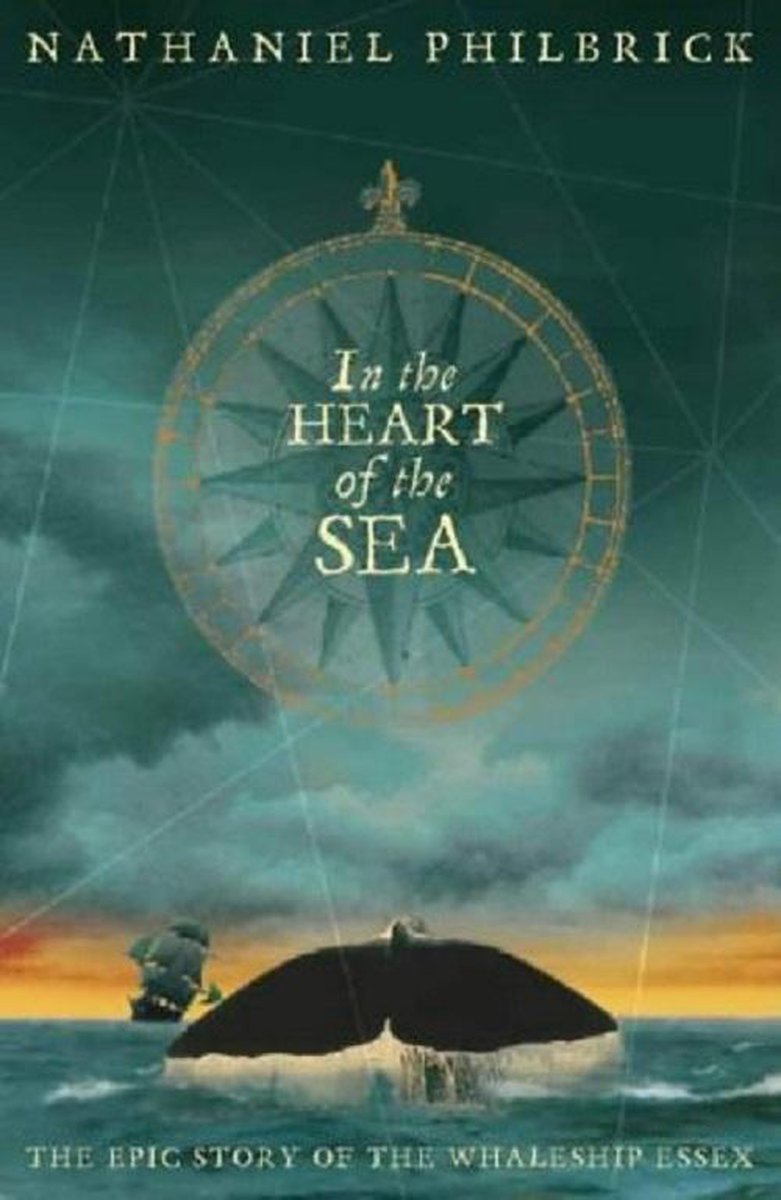

Early on, there were whales off shore, but as demand and the industry grew, ships head farther out to sea, traversed the Atlantic, rounded Cape Horn into the Pacific, and hunted whale. It was a mobile processing plant, tracking, hunting and killing whales then stripping and refining the blubber. A whaleship of twenty-one men and five whale boats left port for a couple years until it filled its hold. Whale blubber was used to fuel lamps and for lubrication in industry. We discussed the whaling industry in Nantucket, circa 1800s. Seven couples came and two of the men didn’t read the book but stayed for the meeting. So we sent a reminder for Couples Night with “reading encouraged but optional.”Īs it turned out, the men changed the tone of the discussion in a good way. Group members were concerned they might not read the book or wouldn’t sit through a discussion.

My reading group (The 3Bs for Books, Banter, & Booze) agreed to read the selection and invited our husbands, a first. This ill-fated story inspired Herman Melville to write Moby Dick. Nathaniel Philbrick earned the National Book Award for this retelling of the fateful 1819 voyage from Nantucket. As part of an “inaugural town-wide reading initiative,” our library chose In the Heart of the Sea, the Tragedy of the Whaleship Essex for its first selection.


 0 kommentar(er)
0 kommentar(er)
